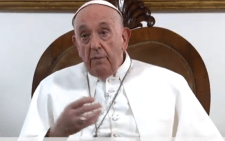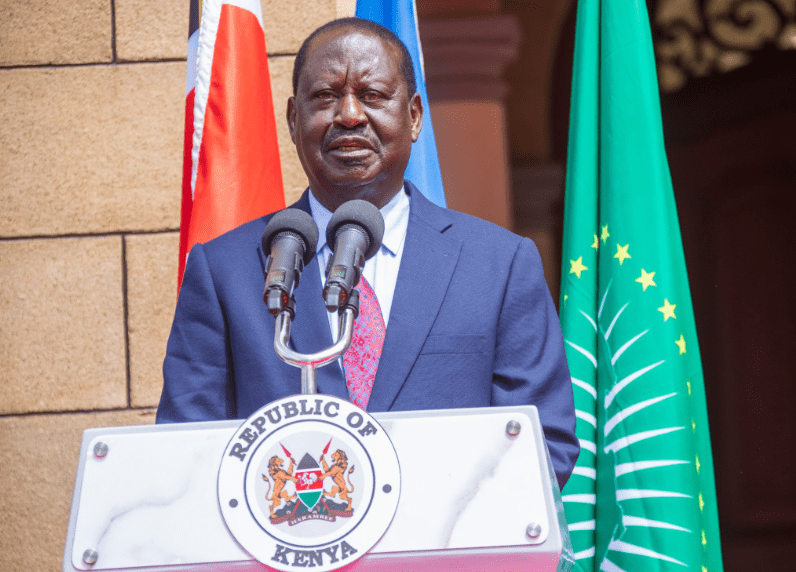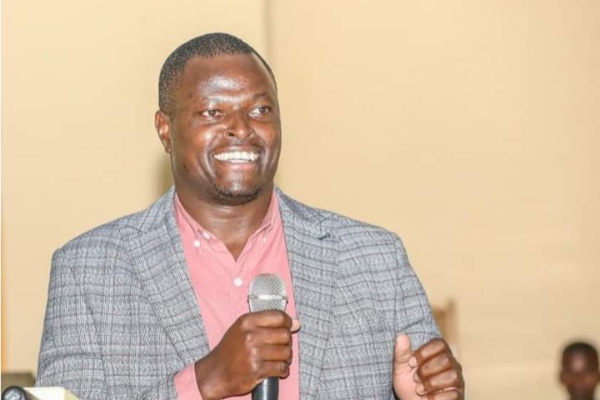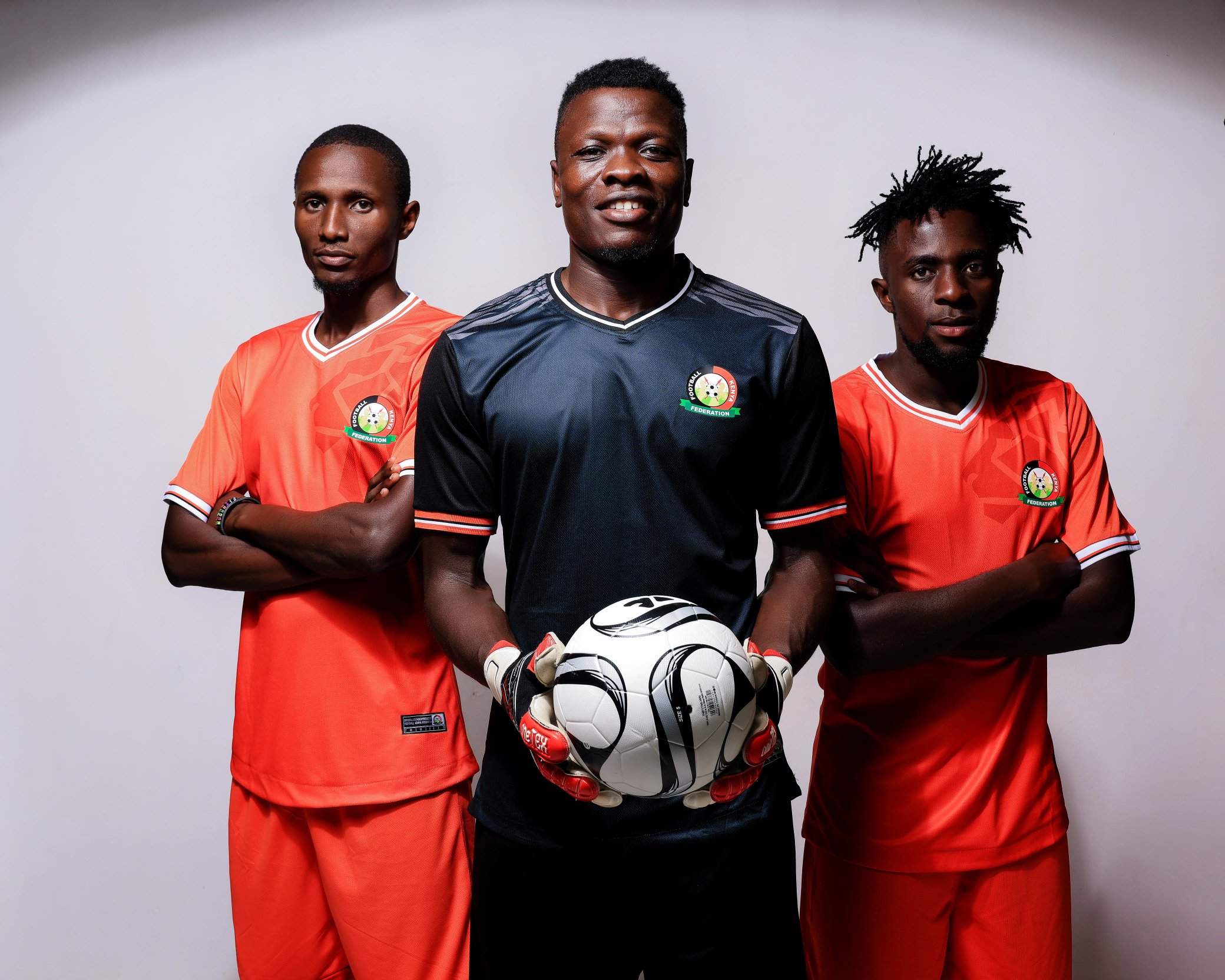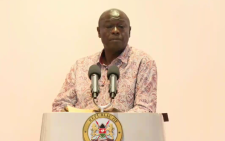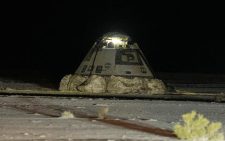Reports that Director of Public Prosecutions Renson Ingonga has poked holes in investigations by the Independent Policing and Oversight Authority into police killings are not only objectionable but also unacceptable.
Since he was appointed as the chief public prosecutor, Ingonga’s performance can at best be described as lacklustre and monotonously uninspiring, his dull demeanour only comparable to that of former IEBC chairperson Wafula Chebukati.
Ingonga seems to be unfailingly following in the footsteps of his former boss, Noordin Haji, especially with respect to terminating corruption and criminal cases facing allies and political bedfellows of President William Ruto and his ruling Kenya Kwanza coalition, a mission Haji pursued with zeal as soon as Ruto took over the reins of power in September 2022, though his office had given the green light for prosecutions to proceed.
But what makes the DPP’s latest pronouncements even more worrying is that this time around, it’s about lives brutally snuffed out by bullets from police officers’s guns merely because the targets had taken to the streets to publicly air their grievances against over-taxation, and other legitimate governance issues.
Rather than respect, protect and facilitate the protesters to exercise their right to freedom of expression through demos as guaranteed under Articles 33 and 37 of the Constitution, the Kenya Police Service responded with unsurpassed brutality, coming up with some of the most cruel and heartless formations to exert their cruelty on largely peaceful and unarmed civilians.
After weeks of pressure to hold the offending police officers to account for using excessive force contrary to the law, Ingonga’s response to IPOA was an anti-climax, though not entirely surprising. The Kenya National Commission on Human Rights, the state agency that’s supposed to monitor, document and advise the government on accountability for human rights violations, puts the number of those killed so far by the police in the protests at over 50, with hundreds injured and scores of others unaccounted for after allegedly being abducted by a notorious squad within the police service.
In some of the most glaring instances of police brutality, like the shootings in Kitengela where a police officer was caught on camera collecting spent cartridges to conceal evidence, forensic comparison and analysis by a ballistic expert of the cartridge and fingerprints on the trigger should be sufficient proof beyond reasonable doubt as to whose gun discharged the killer bullet. But the DPP seems to be setting the stage for letting off the hook suspects in the shottings.
Police are mostly armed with auto-loading firearms whose action mechanisms automatically load the next round of ammunition into the chamber. After shooting, re-cocking the firing mechanism loads a new cartridge into the firing chamber, all without input from the user. However, to discharge another round requires the shooter to manually actuate the trigger in order to discharge each shot.
Several methods for ballistic identification are used around the world. But in Kenya, protesters are unaware of the potential of using spent cartridges to unearth trigger-happy police killers, and merely collect and display such casings to the media.
The bottom side of a cartridge casing that protesters pick up from a crime scene, together with fingerprints lifted from the trigger left by the shooter, are more critical to any forensic examiner in identifying the killer than the eyewitnesses that the DPP wants to record statements with IPOA to try to nail the culprits. And that’s where the police officer spotted collecting cartridges from the shooting incident in Kitengela comes in.
Investigators in the attempted assassination of Republican presidential candidate Donald Trump will no doubt go to great lengths to ascertain that the casings collected from the shooting scene were indeed discharged from the gun that the suspect had in his hand when he was finally felled by a Secret Service sniper.
— The writer is the Executive Director of the Kenya National Civil Society Centre







